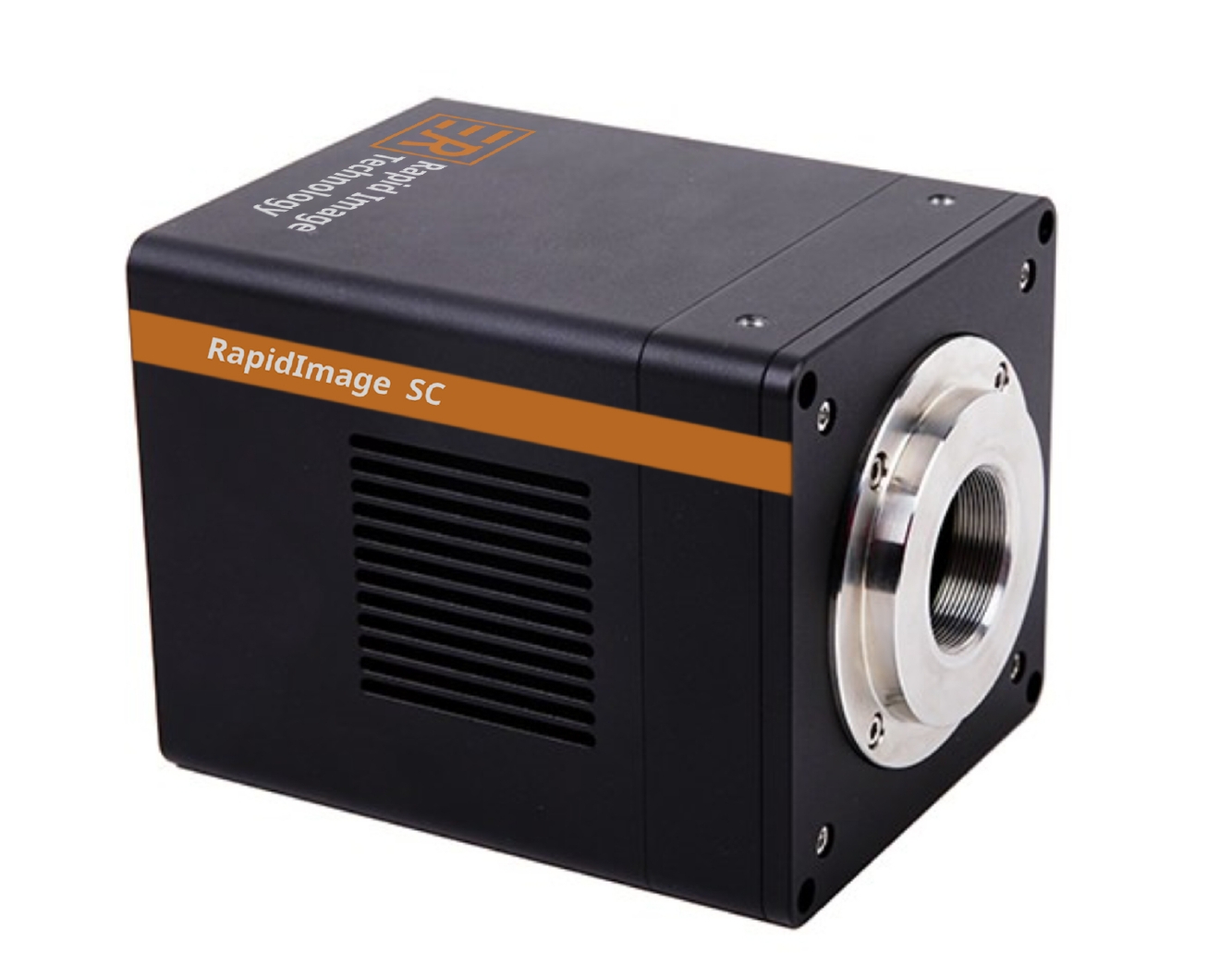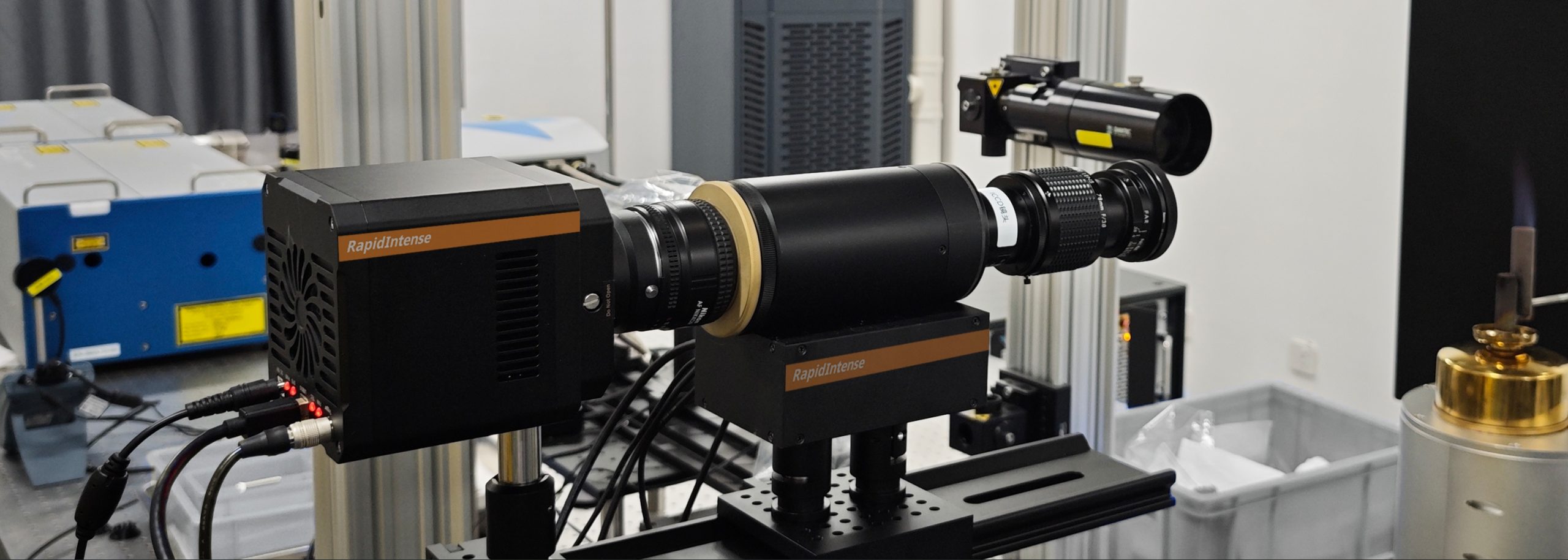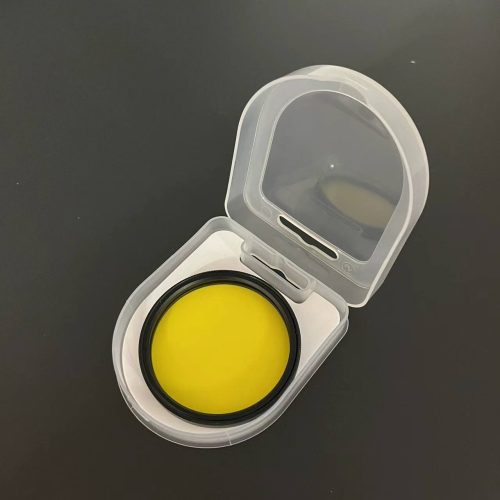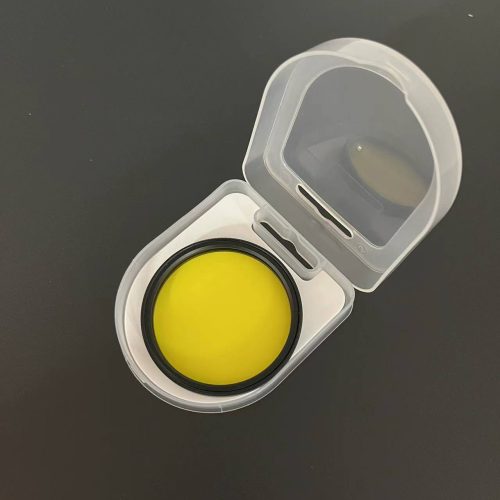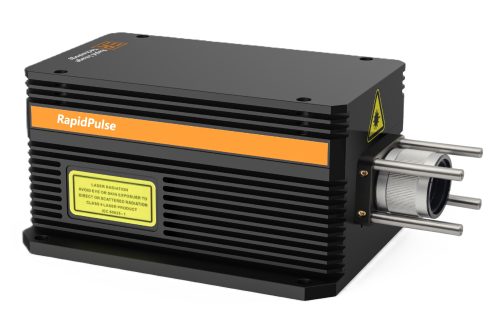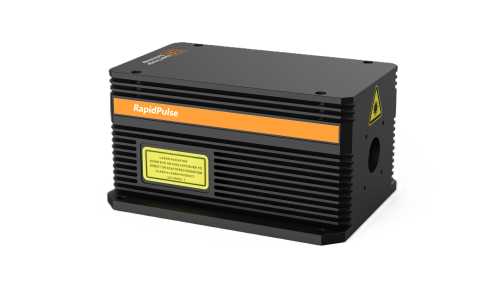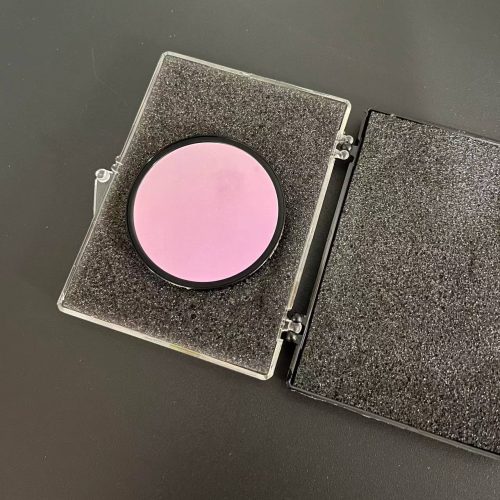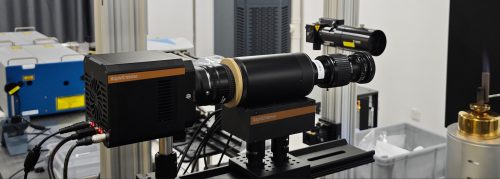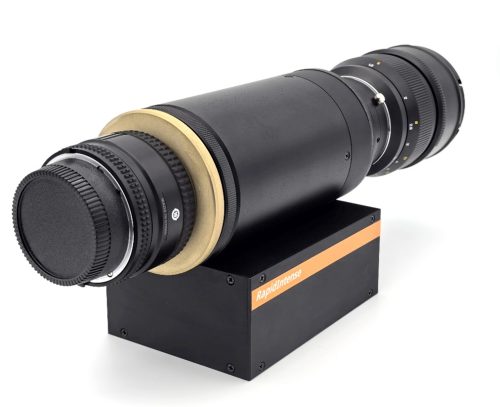Description
Product Introduction
In scientific imaging such as PLIF, high sensitivity, precise time synchronization, and high bandwidth are critical. Leppard’s vision experts have designed a family of highly sensitive cameras based on back-illuminated sensors with quantum efficiencies ranging from 95% to 98% and a high dynamic range design for these applications to meet the needs of PLIF applications.
The RapidImage series of high-sensitivity cameras uses the latest back-illuminated sensors, with a quantum efficiency of up to 98%, combined with the unique large light receiving angle of the back-illumination process, with unparalleled light sensitivity and field uniformity, combined with a large full-well capacity, which greatly improves the signal-to-noise ratio and dynamic range of light intensity measurement.
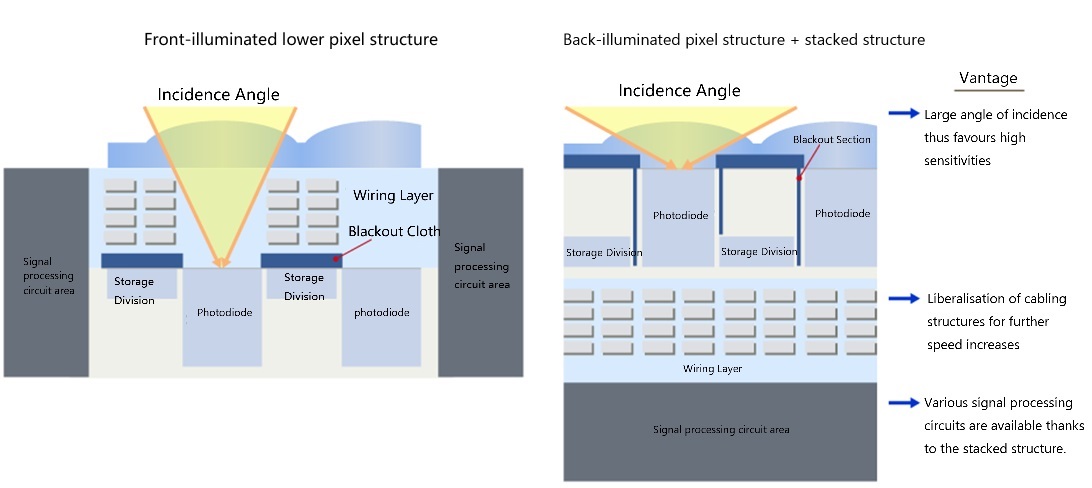
RapidImage SC/MAX
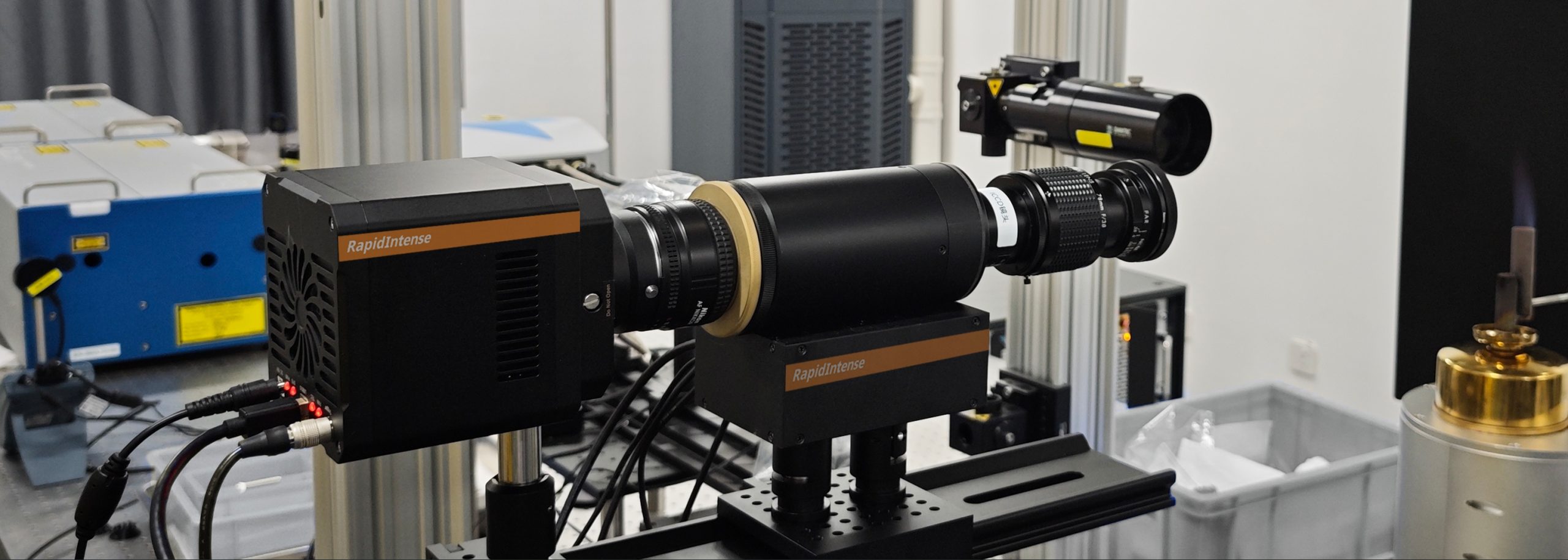
The RapidIntense-H image intensifier is used with the RapidImage MAX ultra-large format high-sensitivity camera for PLIF imaging
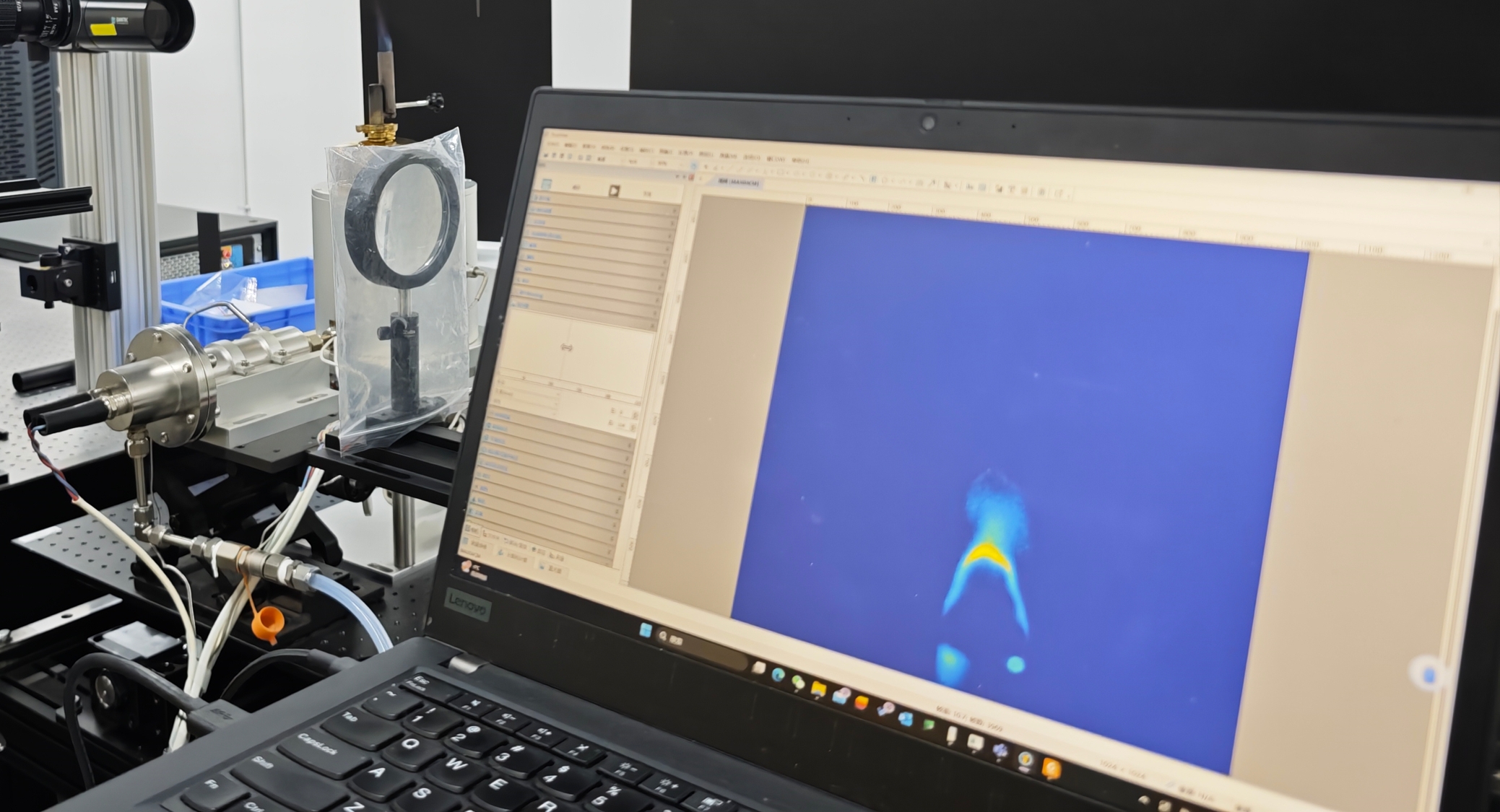
OH-PLIF results were obtained using the RapidImage MAX camera with the RapidIntense image intensifier
RapidImage SC/MAX products are ideal optical detectors for PLIF applications. Unlike conventional PLIF cameras, they have an absolute quantum efficiency of up to 95-98% on the one hand, and on the other hand, their back-illuminated sensor light reception angle meets the light acquisition requirements of the relay mirror at the limit aperture. Combined with pixel sizes up to 12/11um, they are dozens of times more sensitive than traditional PLIF cameras! In addition, thanks to the refrigeration temperature of -40~-50 degrees, the readout noise is as low as 0.6e-, combined with a full well capacity of up to 50-90ke-, the MAX product meets the needs of 16-bit high dynamic sampling, and can obtain the ultimate dynamic resolution for PLIF measurements.
In view of the phenomenon of low-temperature fogging, RapidImage SC/MAX has designed an anti-fogging structure on the body structure to ensure that the sensor surface will not fog up at low temperatures. On the other hand, the temperature of the camera sensor can be controlled by software to ensure the highest possible quantum efficiency of photoelectric conversion with low image noise (the quantum efficiency of high-performance image sensors is also greatly reduced at particularly low temperatures, so temperature control is important).
Sensor control and image data transfer via USB3.0 interface for fast preview and image acquisition. ImageView software integrates all the hardware control and image acquisition functions of the camera, and can implement a variety of image noise reduction methods (low-pass filtering), high-pass filtering, as well as cross-sectional mapping, false color, image segmentation/merging/stitching, and morphometry.
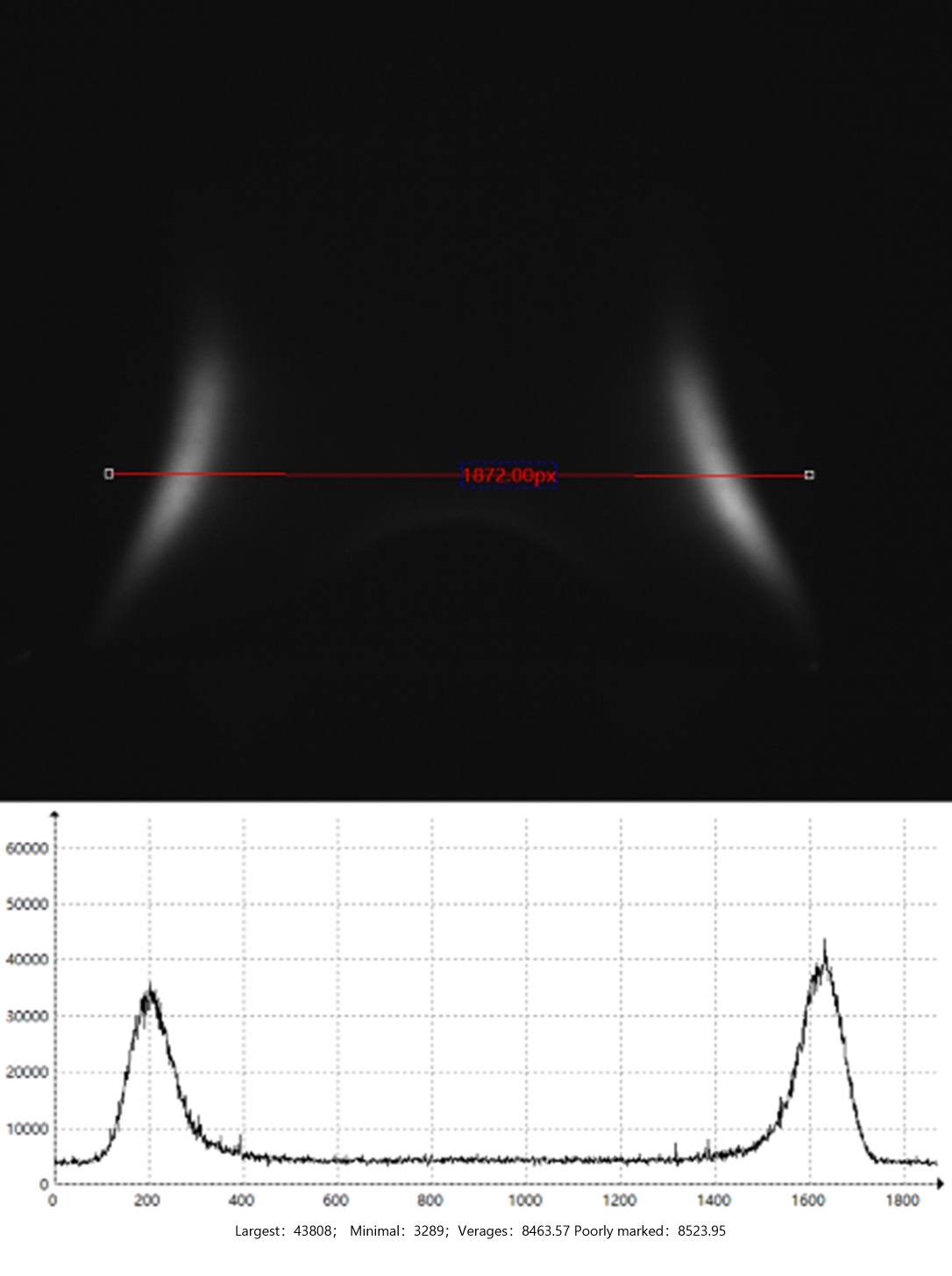
The PLIF results were analyzed using ImageView to obtain a profile of the OH distribution of the McKenna burner at 16 bits
Technical Indicators
RapidImage SC/MAX
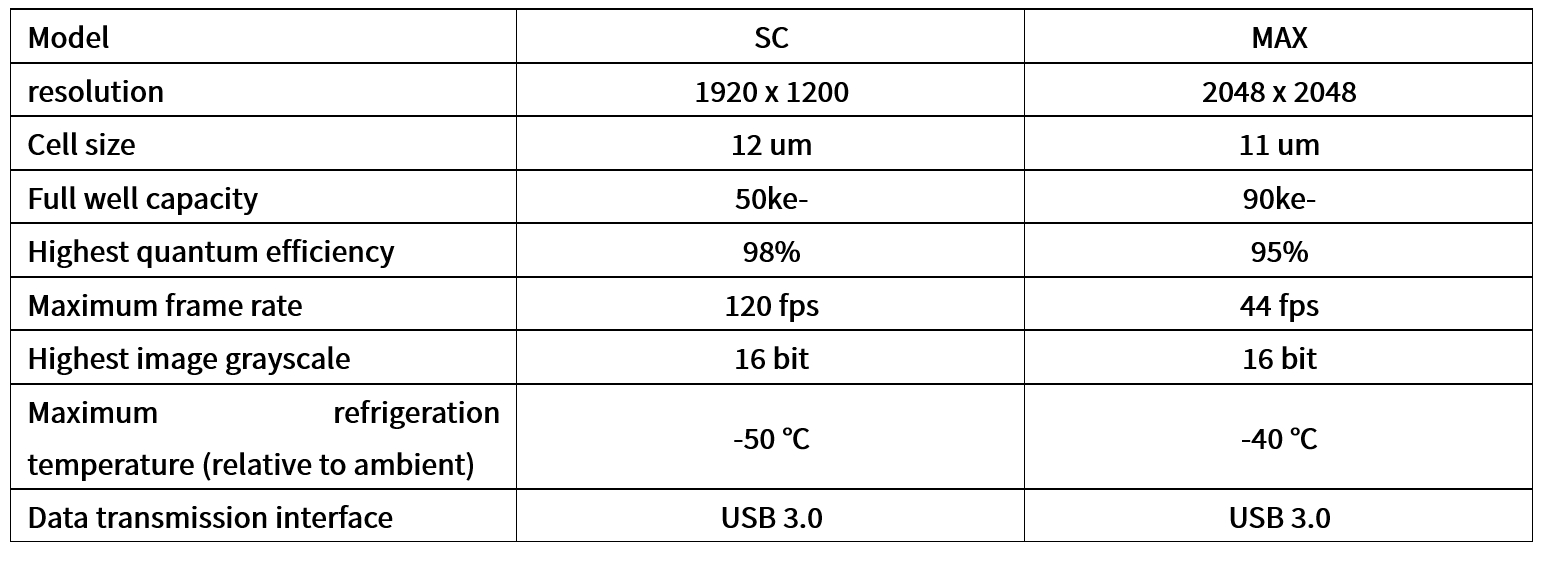
Order Information

All models are equipped with a power supply, a 3m data cable and a 5m trigger cable as standard.

